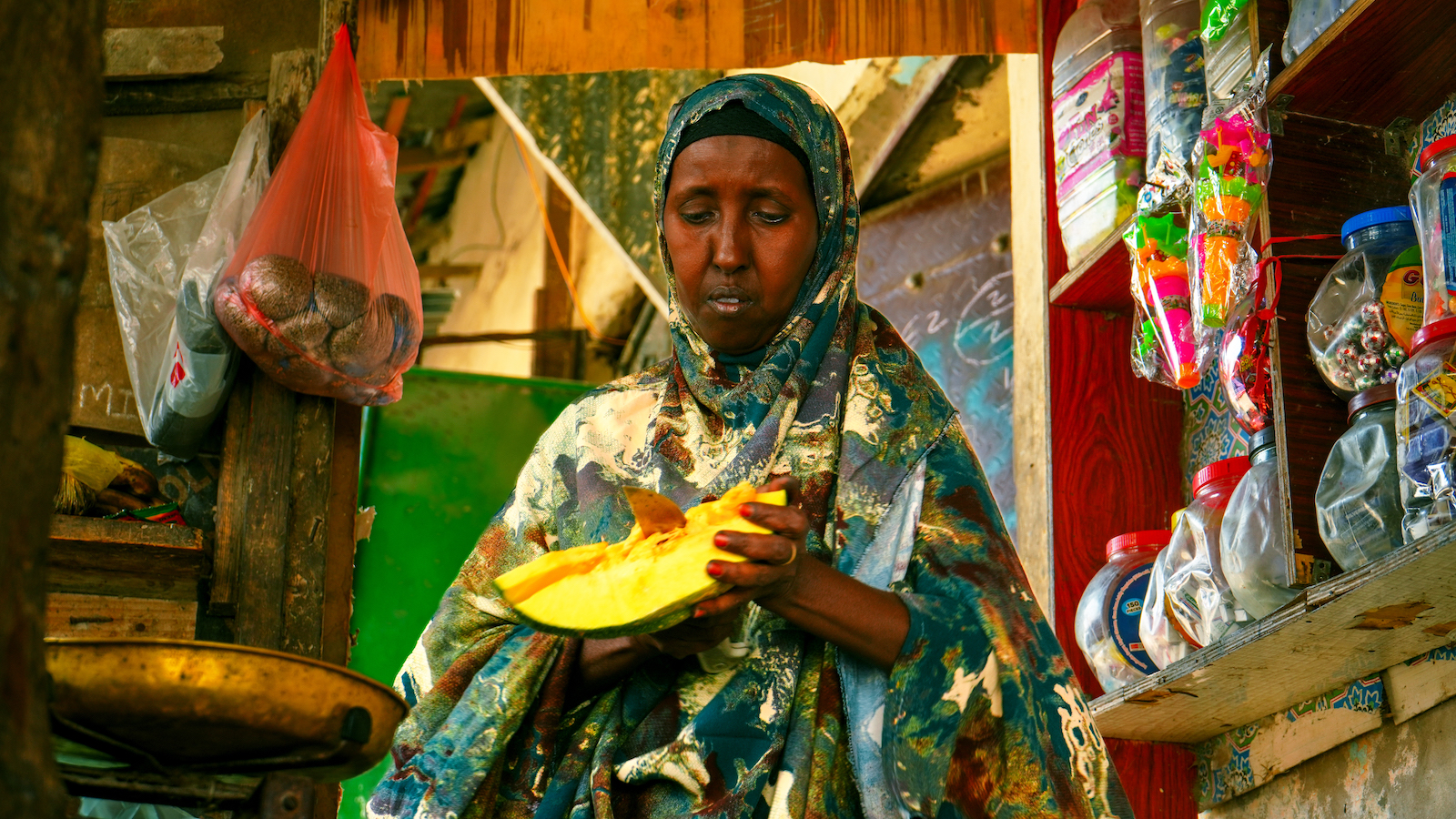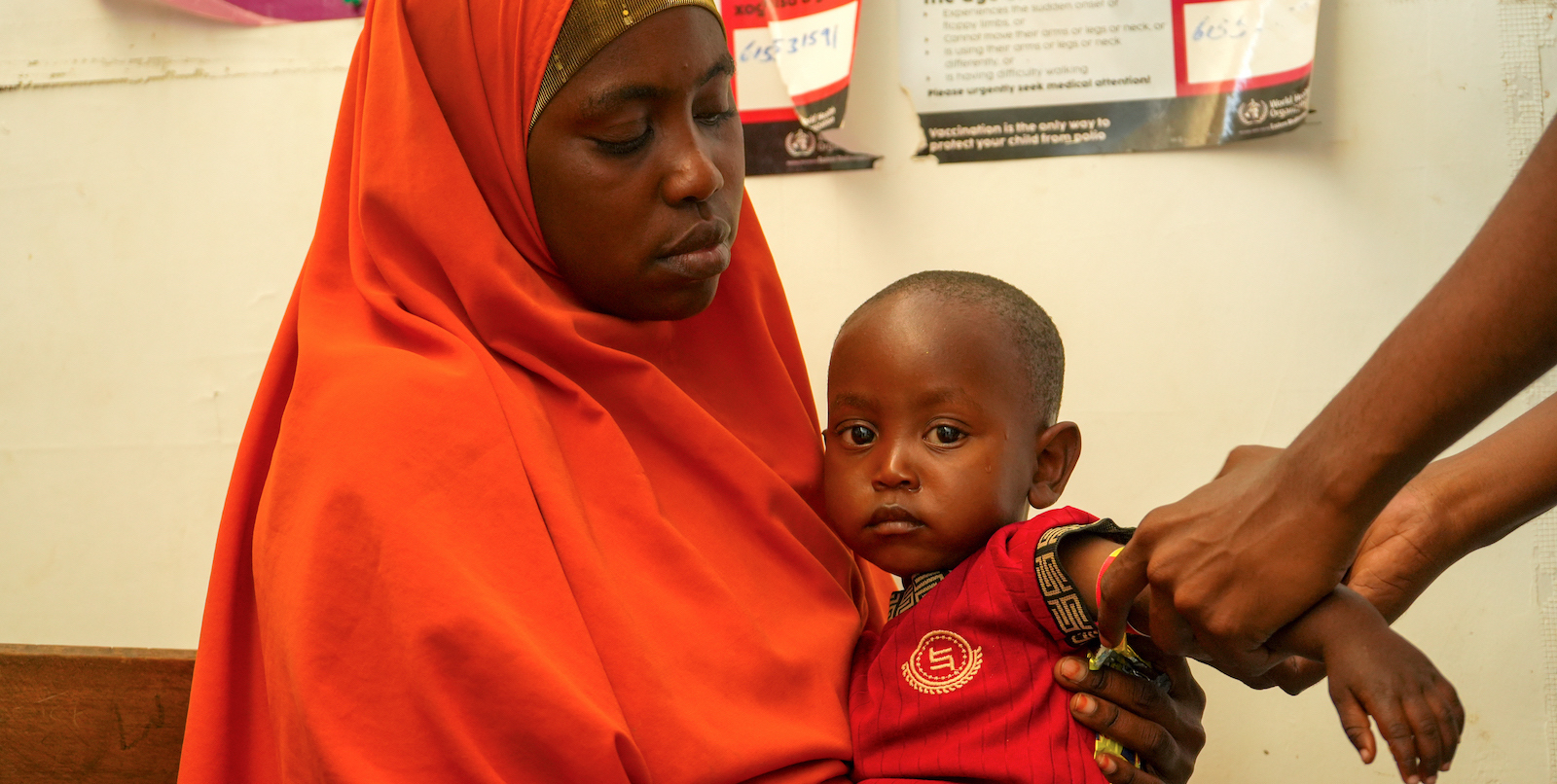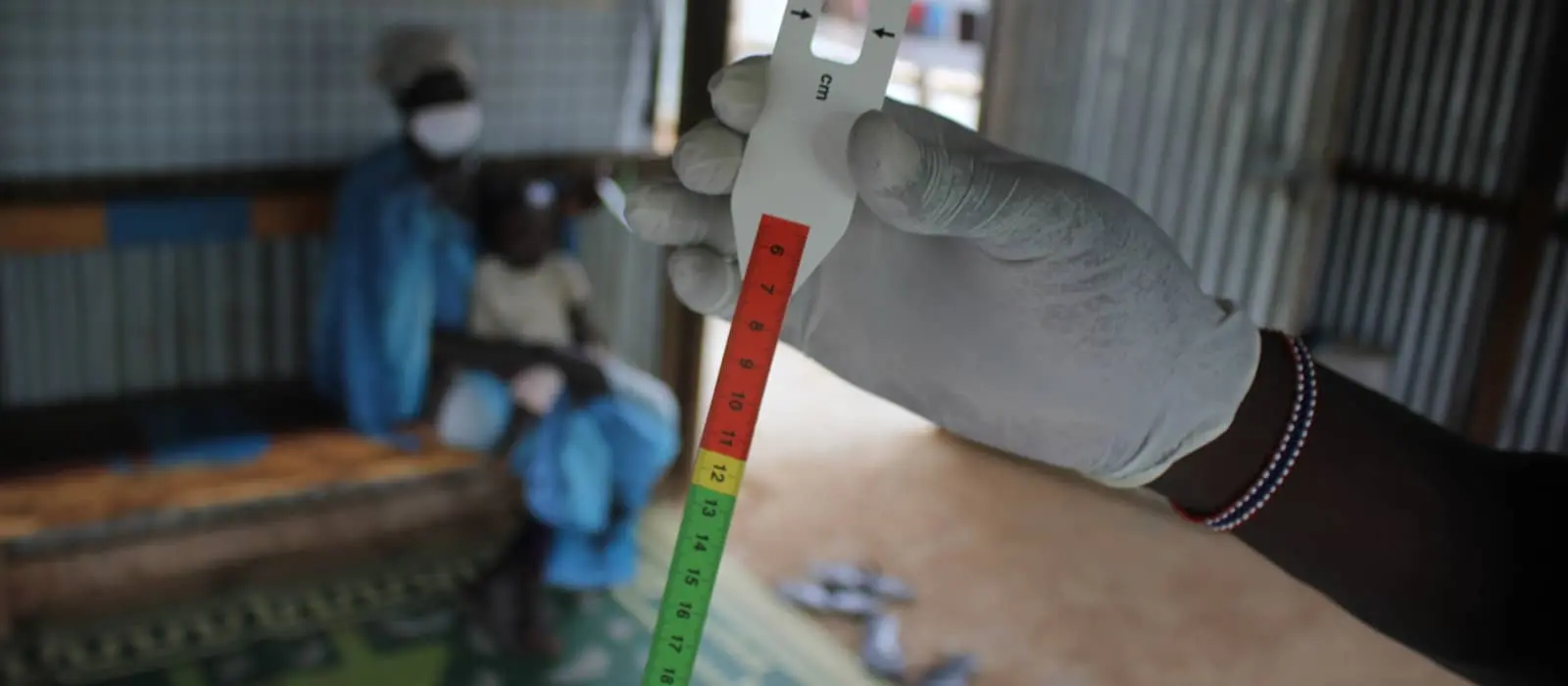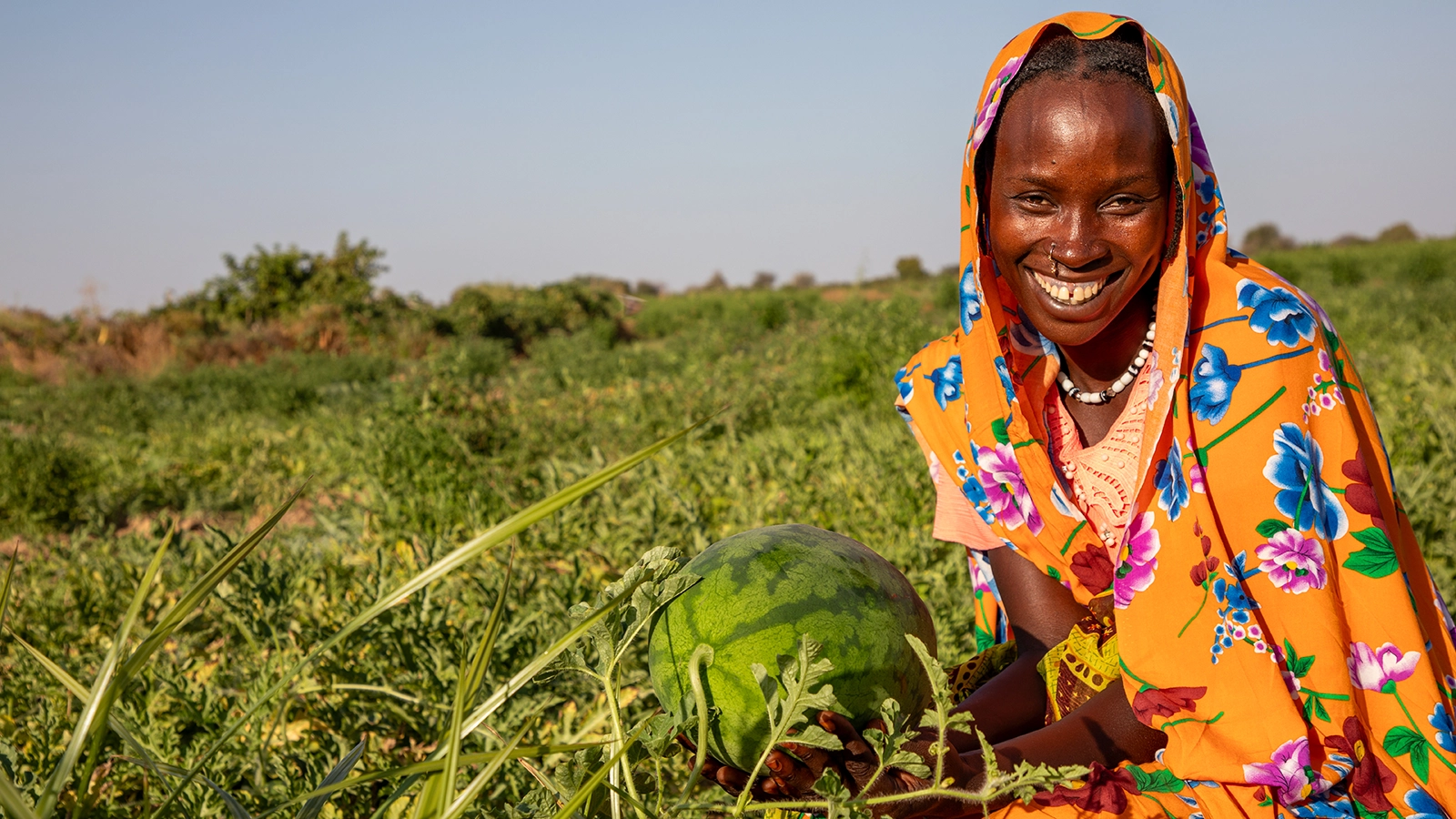Published annually by Concern Worldwide and Welthungerhilfe, the Global Hunger Index examines the available data for hunger levels around the world.
The world produces enough food to feed all of its inhabitants. Yet an estimated 673 million people went without food for part (or all) of last year.
Hunger is an issue in every country around the world, but some countries experience it at larger levels of crisis than others. Based on Concern Worldwide and Welthungerhilfe’s annual Global Hunger Index, these are the ten hungriest countries in the world in 2025.
10. Papua New Guinea
Papua New Guinea has maintained a near-consistent GHI score over the last 25 years and faces several challenges to food security. Agriculture is one of the main industries for the country of 7.5 million people, and it’s a sector that faces several environmental issues. Income inequality also makes it hard for the majority of the population to get the nutrients they need, as well as the equipment that would lead many smallholder farms to improve their harvests. All of this, according to the International Fund for Agricultural Development, has left over 1 million people facing hunger and nutrition insecurity.
9. Nigeria
Rising insecurity and conflict in Nigeria have led to a growing food crisis in the country, with 30.6 million people facing high levels of hunger. The crisis has grown complicated in the wake of funding cuts, which led the World Food Program to suspend nutrition support for 1.3 million people earlier this year.
8. Central African Republic
A widespread humanitarian crisis in the Central African Republic left one out of every four people displaced and one-third of the country hungry. While much of that violence has subsided, the effects are long-lasting, particularly around food and nutrition security. One in every three people is facing hunger, adding up to some 2.2 million people. This includes over 480,000 people facing critical levels of food insecurity (one step below famine or famine-like conditions).
» Learn more about Concern’s work in the Central African Republic
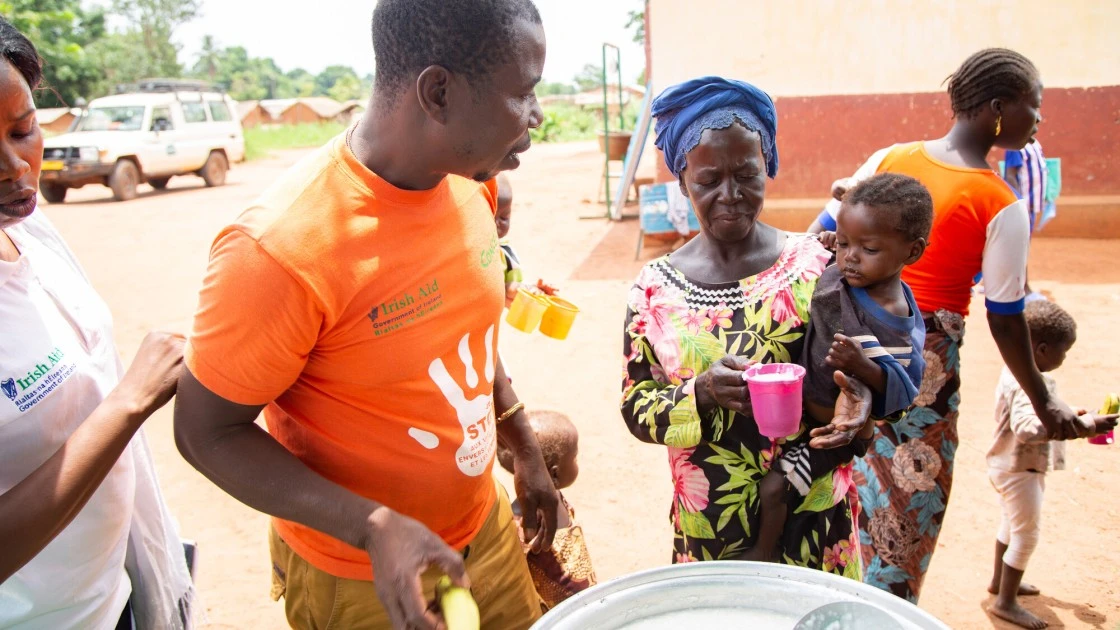
7. Niger
Niger is a landlocked country predominantly located in the Sahara Desert, leaving only one-eighth of the country’s land considered arable. However, 80% of the Nigerien workforce relies on agriculture and livestock for their food and livelihoods, a situation further complicated by the effects of climate change in recent years. Last year, the Integrated Food Security Phase Classification (IPC) estimated that 3.2 million Nigeriens — just over 10% of the population — would face high levels of food insecurity. More than half of those people are children.
» Learn more about Concern’s work in Niger
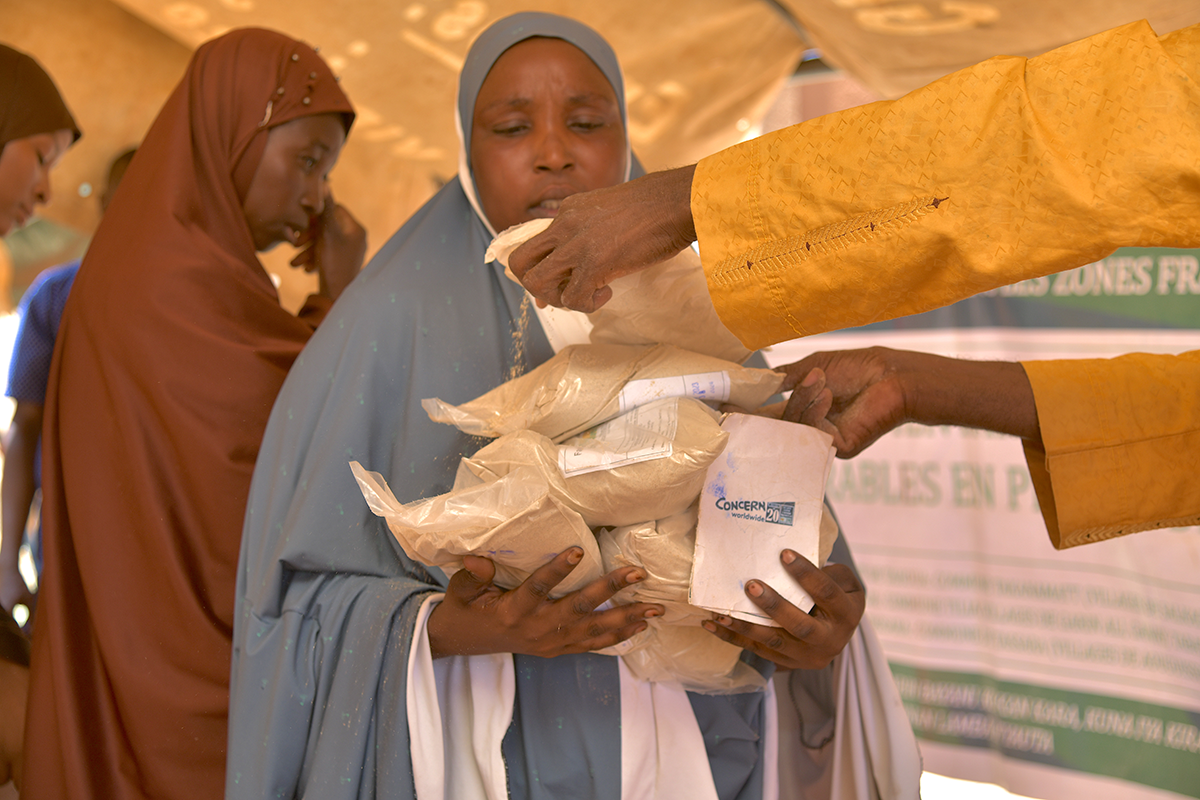
6. Chad
Chad has made progress towards lowering hunger rates in some areas, however child malnutrition continues to be a key issue. Approximately 2 million children under the age of 5 are estimated to have suffered malnutrition in the last year, with the situation expected to get worse at the end of this year amid seasonal spikes in malnutrition. Last year, the government declared a food security and nutrition emergency.
» Learn more about Concern’s work in Chad
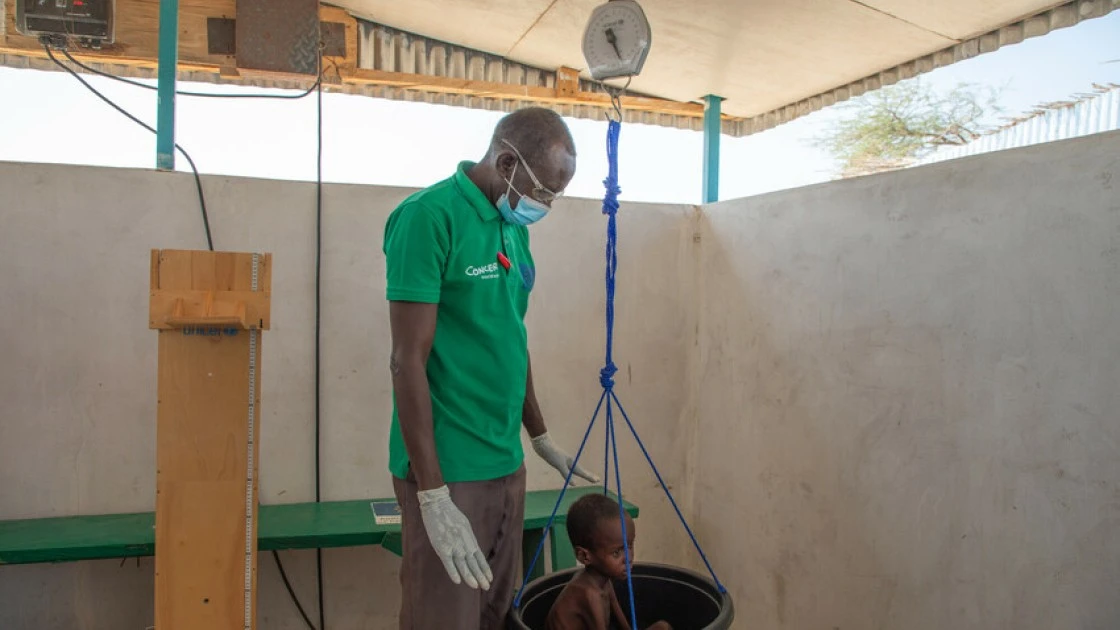
5. Haiti
A protracted humanitarian crisis in Haiti has led to the rising threat of famine in the country, with the IPC reporting earlier this year that one in every two Haitians are facing hunger. That includes nearly 8,500 people likely already facing famine-like conditions, and 50% of the country facing either crisis or emergency levels of hunger (one and two steps below famine, respectively).
These rising hunger rates are fuelling the country’s crisis of violence, which in turn fuels the high rates of food insecurity. However, this isn’t the only cause of hunger in Haiti: erratic rainfall, rampant inflation, political turmoil, and internal displacement are also key, interrelated factors.
» Learn more about Concern’s work in Haiti
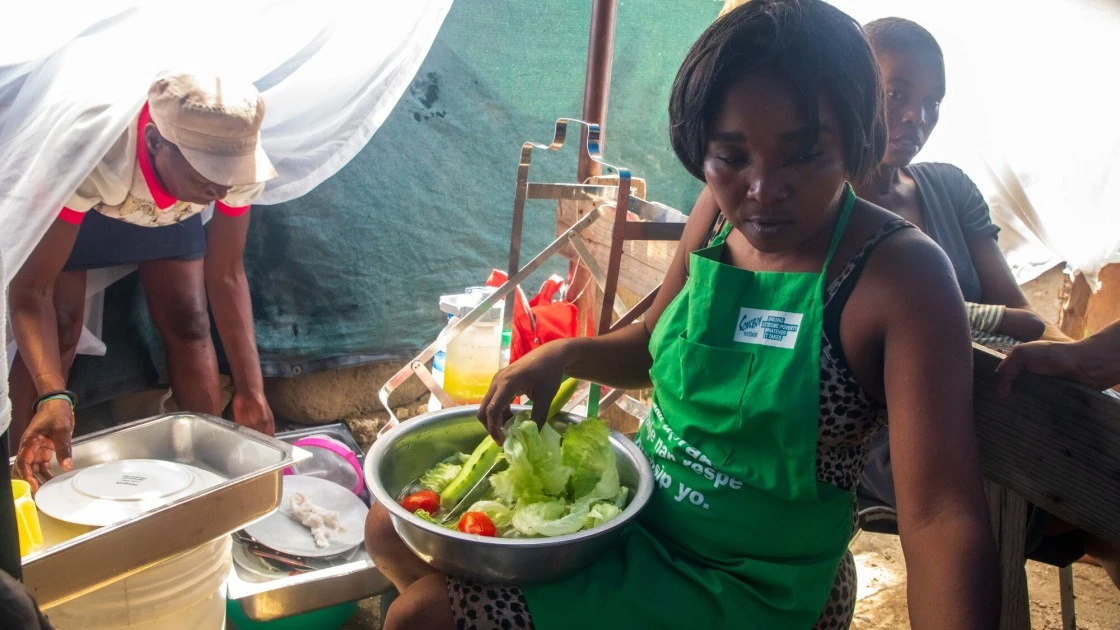
4. Madagascar
The island nation of Madagascar relies heavily on rain-fed agriculture, which is under increasing threat from climate shocks. The southern parts of the country in particular have been affected by both recurrent drought and severe cyclones. Nearly 40% of all children are affected by chronic malnutrition, and over 1.2 million people are facing high levels of insecurity.
3. Democratic Republic of the Congo
Like Haiti, an ongoing crisis in the Democratic Republic of the Congo has left hunger rates climbing in the country amid protracted conflict. For nearly two years, violence in the country has increased drastically in the eastern provinces, contributing to an ongoing food crisis that’s affected more than a quarter of the population. Approximately 28 million Congolese are dealing with high levels of food insecurity and hunger, and 4.75 million children are expected to be diagnosed with malnutrition in 2025.
» Learn more about Concern’s work in Democratic Republic of the Congo
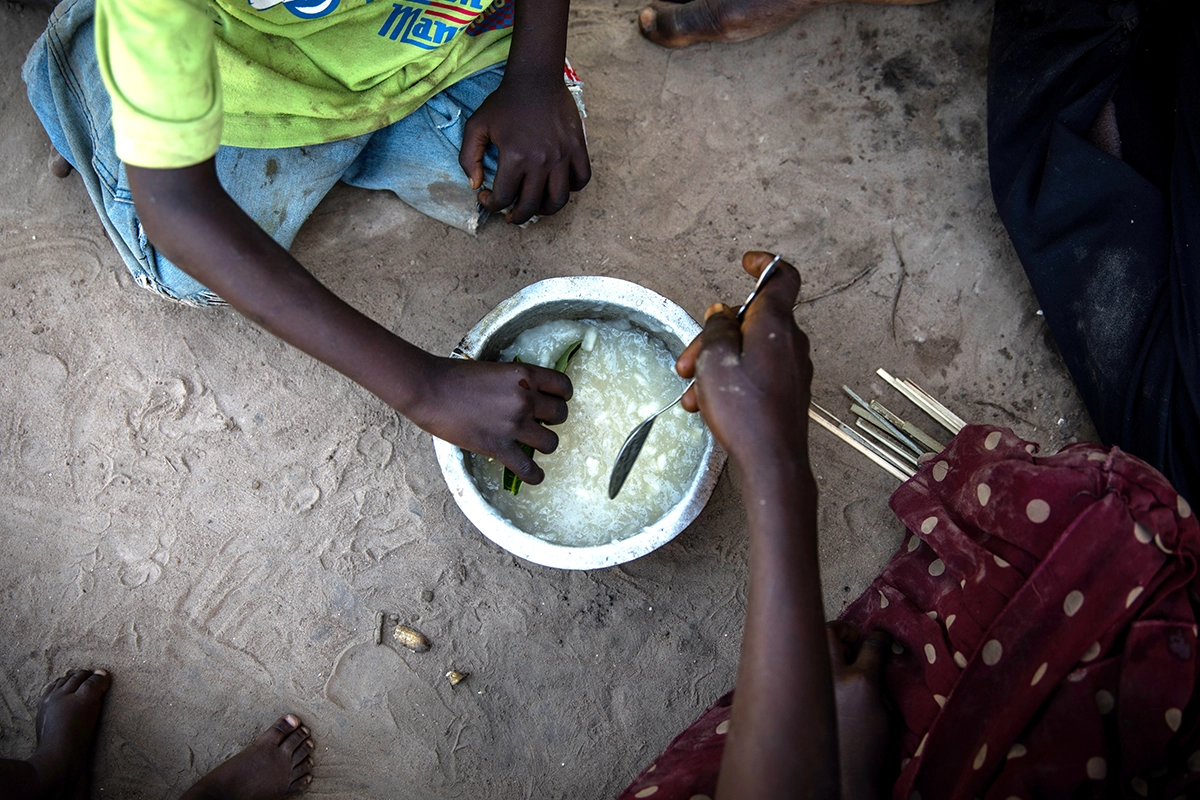
2. South Sudan
The humanitarian crisis in South Sudan predates the country’s founding in 2011, and has only deepened in recent years with the conflict in neighboring Sudan. More than 830,000 people have sought refuge from Sudan, arriving in a country caught between violence, climate extremes, and skyrocketing food and fuel costs. Over half of the population — 7.7 million people — are grappling with extreme hunger, while 2.3 million children are facing malnutrition. Reporting these figures in June, the Food and Agriculture Organization warned that two counties in the Upper Nile State are “sliding into famine,” with the situation only expected to get worse.
» Learn more about Concern’s work in South Sudan
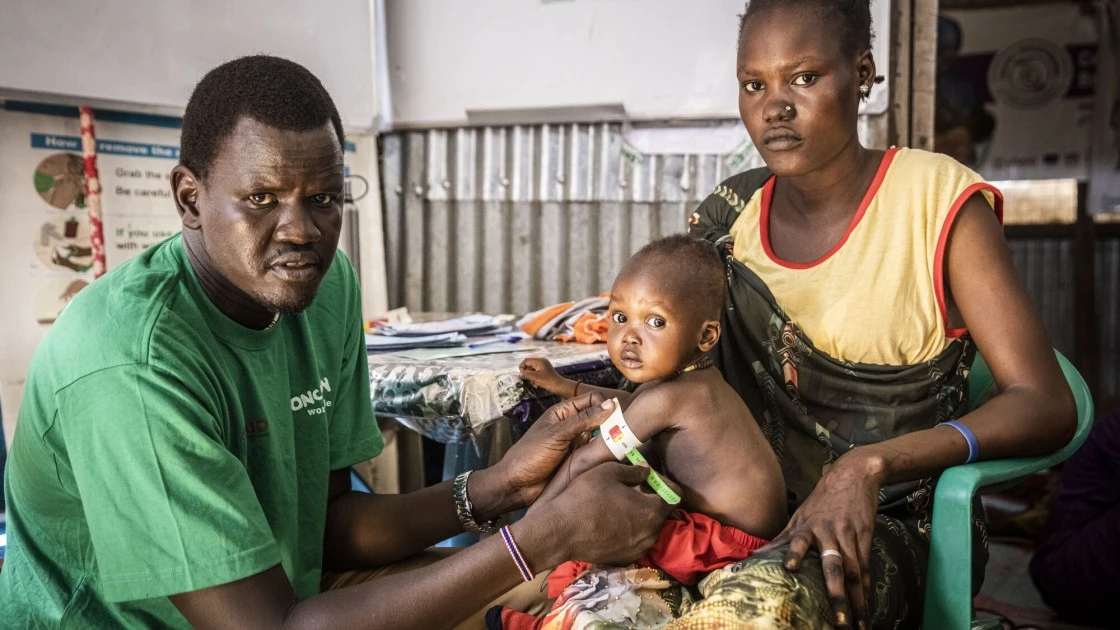
1. Somalia
This is the second year in a row that Somalia ranks last on the Global Hunger Index. For decades, the country has faced a protracted hunger crisis driven by ongoing conflict, economic challenges, and the climate crisis. The IPC estimates that 3.4 million people (out of a country of 19 million) are facing high levels of acute food insecurity, and 1.85 million children under the age of 5 are suffering acute malnutrition.
» Learn more about Concern’s work in Somalia
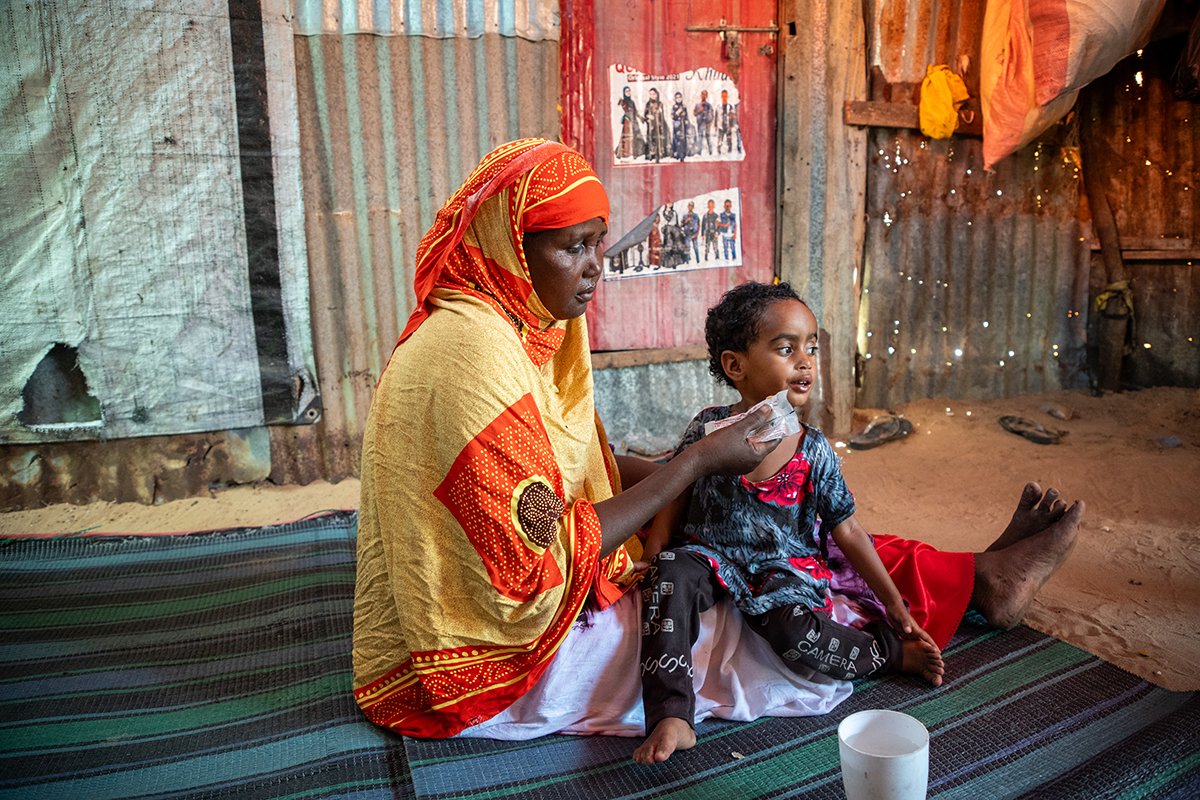
What about…
There are many countries where hunger is widespread, but where data is insufficient to properly rank them on the Global Hunger Index. (Learn more about how we measure hunger here.) This year, we were unable to gather sufficient data on Yemen and Burundi, but based on what was available, both countries could be at the top of this list.
We were also unable to gather sufficient data from Sudan, the Occupied Palestinian Territories, Lesotho, and the Democratic People’s Republic of Korea — all of which would likely place in this ranking given the available information.
Concern’s work to end hunger
From Afghanistan to Yemen, Concern’s Health and Nutrition programs are designed to address the specific, intersectional causes of hunger and malnutrition in each specific context. Our projects often combine two or more of the following areas of focus: agriculture and climate response, maternal and child health, education, livelihoods, and water, sanitation, and hygiene (WASH).
We played a key role in developing Community Management of Acute Malnutrition (CMAM), which has been recognized by the World Food Program as the gold standard for treating malnutrition. Other recent successes, like Lifesaving Education and Assistance to Farmers (LEAF) have seen entire communities not needing humanitarian food aid for the first time in decades due to holistic and systemic shifts in agricultural practices and community care.
Last year alone, Concern reached 5 million people with health and nutrition programs in 16 countries. Your support can help us to do even more in the year ahead.

